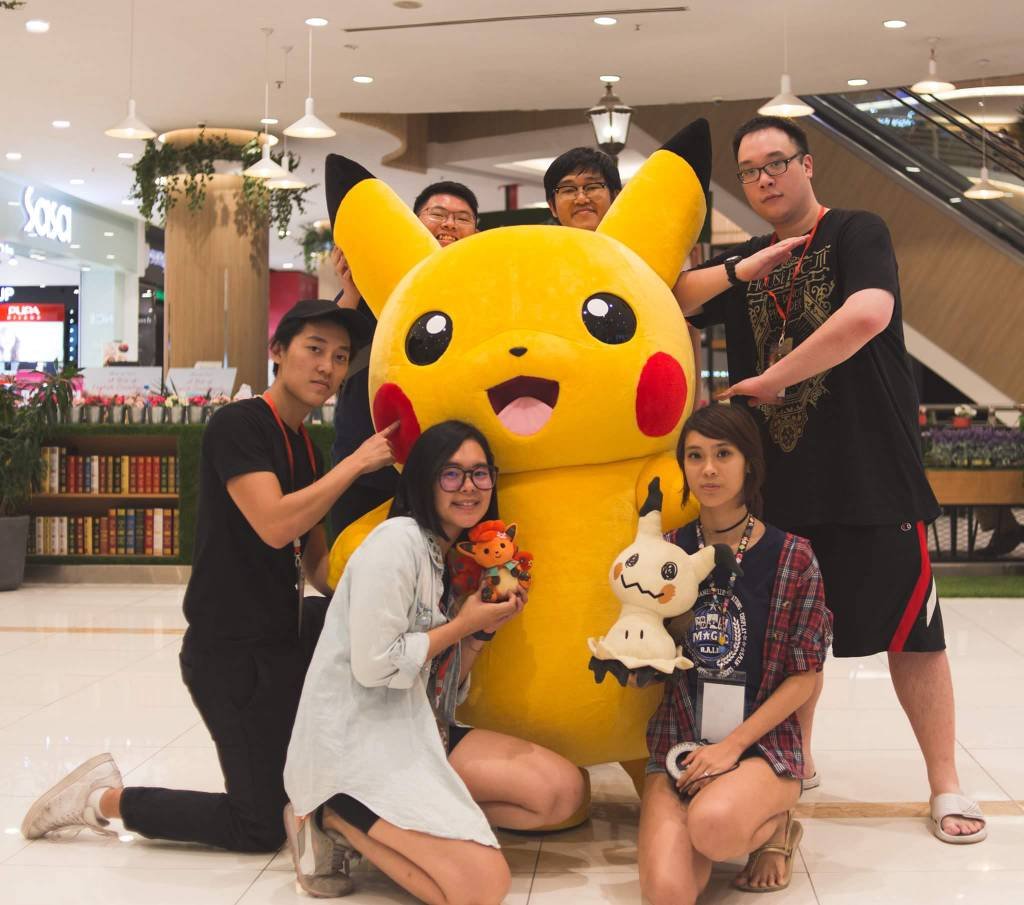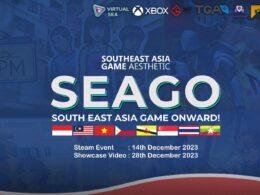CARDS RPG: The Misty Battlefield is a roguelike-style deckbuilding game from the developers and publishers of Octopath Traveler and Akiba’s Trip. Follow Vel as she leads the Clausewitz Battalion into battle against Fahftania and the Hellmuth Brigade.
Developed by: ACQUIRE Corp.
Played on: Steam
A review key was provided by ACQUIRE Corp.
I love myself a good card game and especially love rogue-like card games like Slay the Spire, Monster Train, and Griftland — all of which I have sank many hours into. The randomness the genre excels at brings a sense of difference for each playthrough while you have to tactically manoeuvre each run when running into bad luck.
I also love myself a good tactics game; the first being Final Fantasy Tactics, then similar games like the Disgea series, Fire Emblem series, and my personal favourite, the Banner Saga. The tactics and strategy you employ brings a difference in each battle and preparation is key to winning.
It is to my delight and surprise that there is a game releasing that combines the two genres, rogue-like card games and tactics into one game called C.A.R.D.S. RPG: The Misty Battlefield. I was also lucky enough to get early access to the game to write my review based on my knowledge and experience of the two genres I am in love with. I was hopeful for the game and my review of it reflects that.

Introducing The Game
C.A.R.D.S. RPG is set in a fantasy world engulfed in a 100-year war where a jet-black dragon descended into the kingdom changing the face of war. The dragon is a weapon brought about by the enemy country Fahftania through sacrificing its citizens, and has overwhelming power that could destroy all the kingdoms.
You play as the strategist of Clausewitz Battalion that starts off with five characters, with more unlockable characters available later through strategist’s skill tree. After a brief introduction of its story and a simple tutorial, you set off on your first mission.
The game at its core is a Strategy Role Playing Game (SRPG) where you move your units around to attack, defend, or interact on the given map. C.A.R.D.S. RPG utilises a square grid where your unit is in the middle square and each unit can move up to certain number of squares depending on their class.
Most melee classes can attack within their 3×3 square while the range classes can attack further within a 5×5 square. Other than the enemies, there are certain interactables on the map like the villages and chests, which I will explain further later.

What sets the game apart from other SRPGs in the market is the battle system where the game uses card battle systems with a deck. When your unit initiates battle against the opponent units or the other way around, you get 3 rounds of fight (or 5 if against a boss unit).
Each round, you get to draw 5 cards from your deck which can either be Attack cards, Defense Cards, or Utility cards. At the start you get 3 energies to play the cards with each card having their own energy costs. Later on, you can unlock more energy from the strategist’s skill tree.
Each card has their own effect with Attack cards dealing damage, Defense cards giving shields that block damage while Utility cards affect different parts of the game like healing or lowering opponent damages. You get more cards either by levelling up your units or opening chests on the map.
Meanwhile, you can remove cards from the deck by visiting villages that are on the map or at the end of a mission where you get to remove 3 cards. There are a lot strategies involved in getting new cards and removing cards to build the right deck for your units.

Our Thoughts
First and foremost, the art style and design considering this is an independent game is superb, as I have played a lot of indie studio games and this is the first time where I’d say the art in the cut scenes are triple A status. Even the chibi version of the units on the map are cute and animated beautifully during the battle.
Although it still leaves some to be desired with the advancement of gaming technology, this art style is sure to attract gamers. The art of the cards is also cute in their design with some of the units appearing to act out the commands displayed on the cards. The design of the map is a little lacklustre in comparison, where each map feels too similar to the other.
The combination of genres especially putting it into an SRPG is refreshing, although I would have liked the card system to be used more in the SRPG part of the game rather than the battle system. In terms of gameplay, the game is just another RPG with a card battle system with an extra step of moving your units around.
Even though moving your units around does act as another form of strategy, as you have to decide whether to attack your opponent’s units or take a step back to heal up in a village, it still leaves me wishing the SRPG component played a more prominent role in the game.

My major predicament with the game was the card battle system itself, where the deck you use for each unit is the same. My initial assumption was that each unit would receive their own deck, and I would get to build a deck specific to that unit, so the lack of variety in deck building was rather disappointing. The game only has an advantage and disadvantage system where some classes can break another class, e.g. a thief can break a warrior class.
The cards on their own is great with a lot of variety where each unit’s level up does affect the type of cards that you can get, while the treasure chests provide you with more general cards. The card upgrades do make a difference, so choosing the right cards to upgrade and right cards to discard is a strategy in itself.
The items, on the other hand, provides minimal impact as most of them only provide stat changes and no effect changes. I would have loved for the items to provide some changes like relics do, such as in Slay the Spire or Griftlands, but unfortunately the items only provide raw stats.

The story, although slow paced with each mission having the same objectives, does engage you with the struggles of the Clausewitz Battalion trying to end the war. However, it does feel stilted that new classes are not unlocked through the story or through exploring the world, but through the strategist’s skill tree.
I love that each new character feels and acts different to some level of depth, but I am saddened that the game does not try to explore its own lore and its own world by introducing new characters through the story instead of unlocking them manually. I would love to know more about each character through the story, but even that is not entirely explored as the game seems to trudge through from one battle to next without a breather.
In terms of difficulty scaling, the game does offer a challenge as I have lost a few battles due to my mistake in positioning or playing the cards in the wrong order, but it was never punishing. It provides enough gameplay and difficulty that you can keep playing, and it definitely is the strongest part of the game compared to its card battle system or lore.

Conclusion
Overall, I feel the developers missed out on a lot of potential in this game where they have the right idea but not the right execution. I would have loved a Fire Emblem-esque game with each unit having their own deck of cards that you tailor as the unit levels up. Although the gameplay is challenging enough to provide hours of entertainment, it is lacking in storytelling and overall gameplay complexity to hook me in. I give it 4 out of 10 pies.
The next time you buy something on Steam, don’t forget to top up your Steam Wallet using Codashop to earn extra rewards!













Comments 2